This field mainly applies chemical principles to study the evolution process and characteristics of organic matter in geological bodies, as well as the composition, structure, property and distribution of evolved products (petroleum, natural gas and their secondary products), and deeply discusses the geochemical principles in the geological processes of hydrocarbon generation, migration, accumulation, preservation and destruction, and its application in oil and gas exploration.
The company has a strong capacity for research and development of new technology and strength in the practical exploration and application of geochemical analysis. The geochemical team led by Professor Dujie Hou has been deeply engaged in geochemistry for decades, carrying out applied research related to oil and gas geology. Facing the development frontier of oil and gas science, taking modern geochemical analysis technology as the means, giving full play to the comprehensive advantages of geology, geochemistry and other disciplines, the company has distinct characteristics in the fields of applying geochemical, geophysical and logging data to conduct source rocks evaluation and plane distribution prediction, correlation of complex hydrocarbon source and analysis of mixed source, simulated experiment research of hydrocarbon generation kinetics and hydrocarbon formation mechanism, oil and gas resource evaluation, natural gas geochemistry and its comprehensive identification system of formation and accumulation, hydrocarbon migration direction and molecular geochemical tracer of charging pathways, unconventional oil and gas resources and evaluation, reservoir development geochemistry, etc. Responsible for completing the National Science and Technology Major Project, National Natural Science Foundation of China, and CNOOC, CNPC, and Sinopec Group projects.
The research fields and directions mainly include but are not limited to the following aspects:
● Evaluation of source rocks and prediction of excellent source rock distribution
● Mixed source analysis of complex oil and gas and determination of the main source rocks
● Hydrocarbon generation kinetics and evaluation of oil and gas resources
● Natural gas geochemistry and comprehensive identification system of accumulation
● Study of accumulation geochemistry

The research results have been unanimously recognized by experts and many academic papers have been published. Also, published books have been widely used by many petroleum universities as teaching materials.


Carrying out a study of the elemental geochemistry of source rocks, organic matter abundance, type, maturity, biological sources, and depositional environment of source rocks are analyzed, comprehensively evaluating the hydrocarbon generation potential and development model of source rocks; establishing an effective division method of source rocks, the geochemical characteristics of source rocks and the main controlling factors of their formation are determined, characterizing the hydrocarbon generation evolution law of source rocks, and establishing the hydrocarbon generation model of source rocks. Evaluation of source rock is an essential content and a necessary standard to measure the level of researchers.
Meanwhile, the characteristics of sedimentary facies developed by different source rocks should be determined, and the source of hydrocarbon biological sources (algae, terrigenous higher plants, bacteria, etc.), paleoproductivity and depositional environment (redox properties, paleosalinity, stratification, depth of paleowater, etc.) can be analyzed by extensive use of biomarkers in saturates and aromatics, the composition of major and trace elements, and maceral composition of kerogen; Using palynological data and biomarker compositions, the paleo-vegetation composition and paleoclimate conditions during the formation of source rocks are reconstructed, and the genetic relationship between paleo-vegetation and excellent source rocks is discussed. Through the comprehensive application of organic petrology, molecular markers, logging data, sequence stratigraphy and other data, giving full play to the advantages of multidisciplinary integration, carry out the genetic research and prediction of source rocks distribution, especially the formation mechanism of excellent source rocks, prediction of the excellent source rocks distribution and the law of hydrocarbon formation.
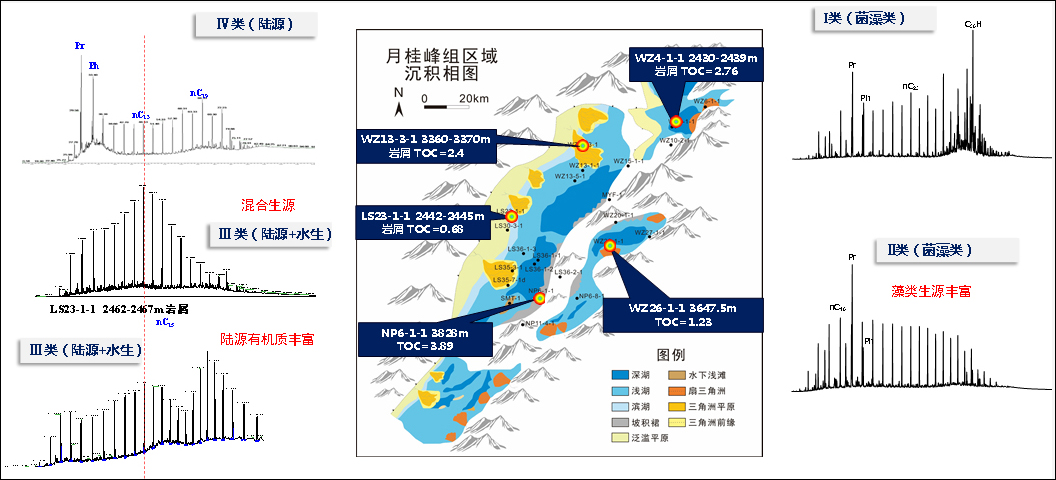
Figure 1.1 Distribution of n-alkanes of lacustrine source rocks in different wells of Yueguifeng Formation in Lishui Sag
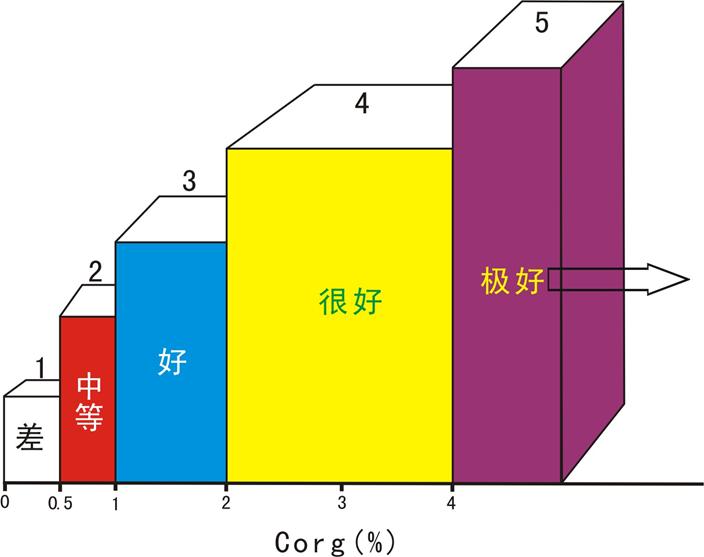 | 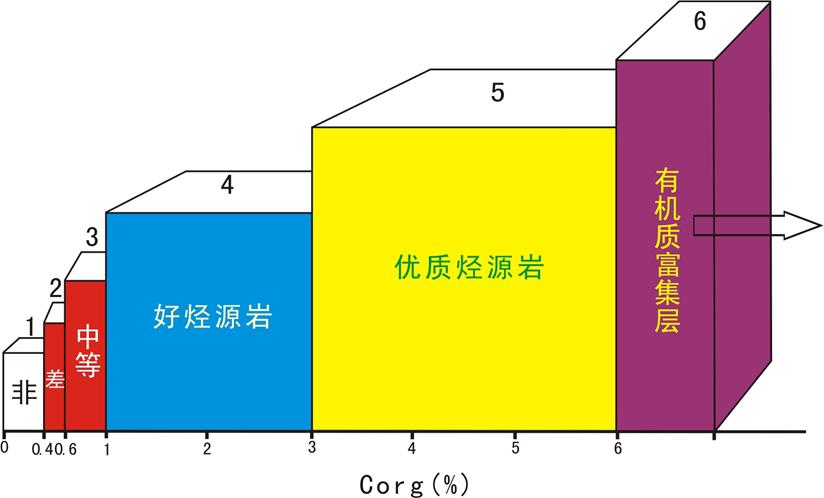 |
Evaluation criteria of excellent source rocks in foreign countries(Peters,1998) | Evaluation criteria of excellent source rocks in China(Dujie Hou,2008) |
Figure 1.2 Comparison diagram of classification criteria of excellent source rocks at home and abroad
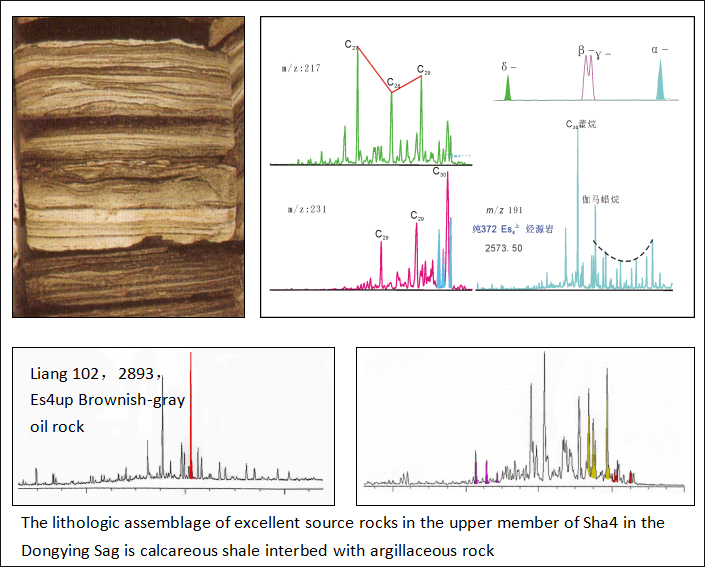
Figure 1.3 Composition of excellent source rock of the upper member of Sha4 Formation in the Dongying Sag

Figure 1.4 Composition of excellent source rock of the lower member of Sha3 Formation in the Dongying Sag

Figure 1.5 Flow chart of prediction method of effective source rock distribution using geophysical logging data in the less well area


Hydrocarbon source correlation refers to establishing the genetic relationship between oil, gas and source rock based on comprehensive geological and geochemical data. Its essence is to use the basic principle of organic geochemistry and reasonably select correlation parameters (indicators) to study the relationship between oil, natural gas and source rock. The fundamental basis is that kerogen and soluble extract bitumen in source rock are related to the oil and gas from that strata, so in some ways, they must have similarities in chemical composition; on the contrary, oil and gas that are not in the same relationship will show significant differences. Oil-source correlation includes the correlation between oil (gas) and source rock and between oil and gas in different reservoirs. The genetic relationship between petroleum, natural gas and source rock in petroliferous basins can be clarified through comparative study.
In lacustrine sedimentary basins and superimposed basins with multiple source layers, the controversy of hydrocarbon source rocks and the phenomenon of hydrocarbon mixed source rocks are common. In fact, the oil and gas in a reservoir may originate from different source rocks, different source layers, or a mixture of hydrocarbons at various stages of maturation. The mixed source of oil and gas is a common phenomenon in geological bodies. Identifying mixed-source oil and calculating their contribution is significant for determining the migration direction of mixed-source oil and reshaping the history of hydrocarbon accumulation. The research team has developed some effective qualitative and quantitative research methods in the qualitative and quantitative identification of mixed oil, mainly including technologies of organic geochemistry assessments for hydrocarbon generation, isotope geochemistry, dating methods of accumulation, etc.
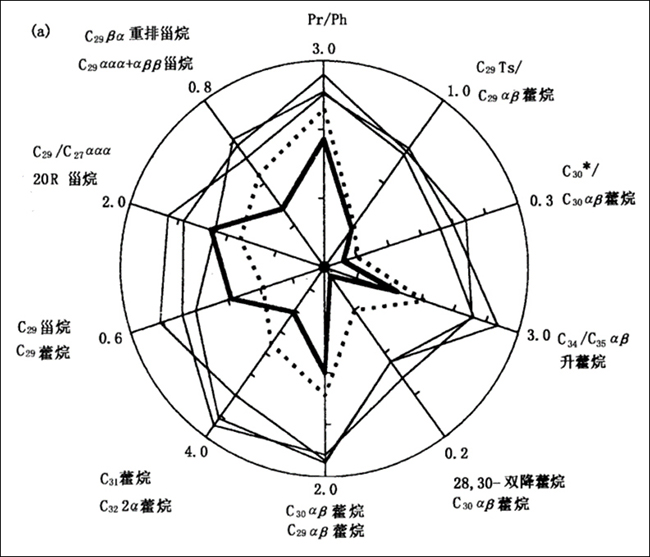
Figure 2.1 Star chart method for hydrocarbon-source correlation

Figure 2.2 Comparison and identification of complex oil sources in the Zhunxi area
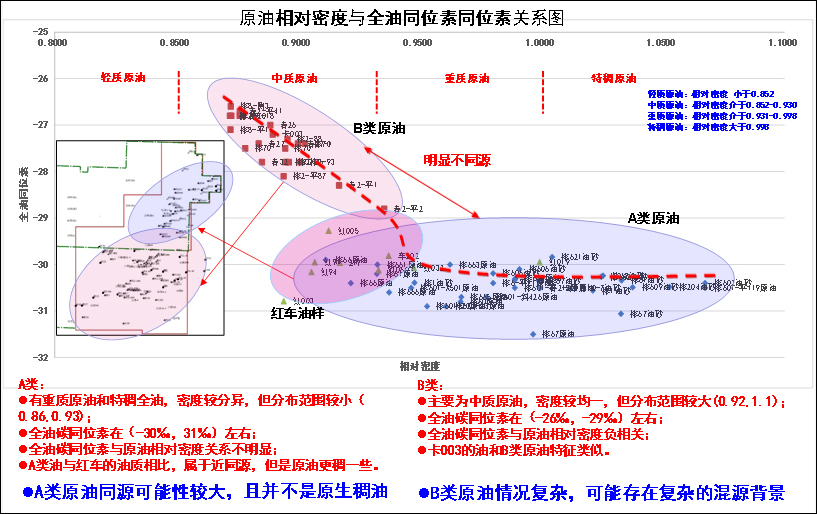
Figure 2.3 Using the bulk parameters and isotope to analysis complex oil sources in the Zhunxi area
 |  |
 |
Figure 2.4 Application of geochemical data to distinguish the contribution of coal and mudstone to hydrocarbon in Xihu Sag


The method of hydrocarbon generation kinetics is proposed by Tissot according to the principle that the thermal degradation process of kerogen conforms to the first-order reaction law of chemical kinetics. It introduces the factors of time and temperature into the thermal degradation process of kerogen. Based on thermal simulation data such as the activation energy of each kerogen bonding substance, the potential hydrocarbon generation capacity and the frequency factor of various kerogen corresponding to each activation energy, the change of kerogen concentration was simulated to calculate the hydrocarbon generation rate history. Finally, the hydrocarbon generation history of the source rock was calculated by the volume formula method. The amount of resource in the study area can be calculated using the results of simulation experiment and related software. The research team of the company has calculated and evaluated the resources in Hailar Basin, Bohai Bay Basin and other areas.
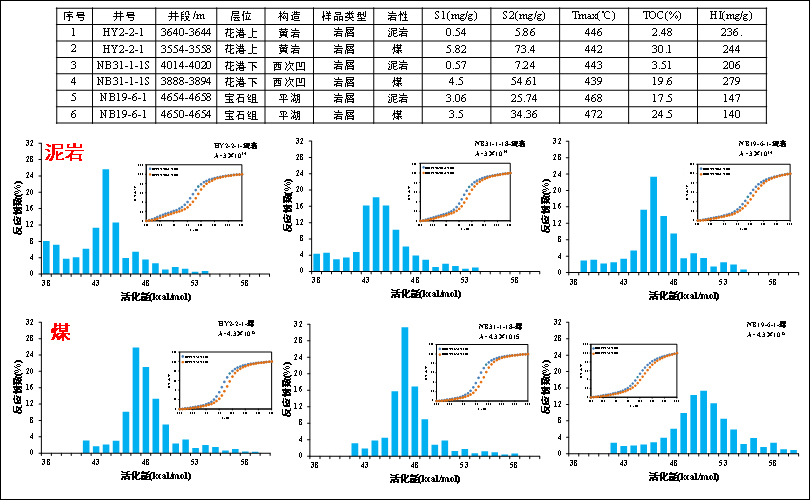
Figure 3.1 Hydrocarbon generation kinetics parameters of open system in Xihu Sag
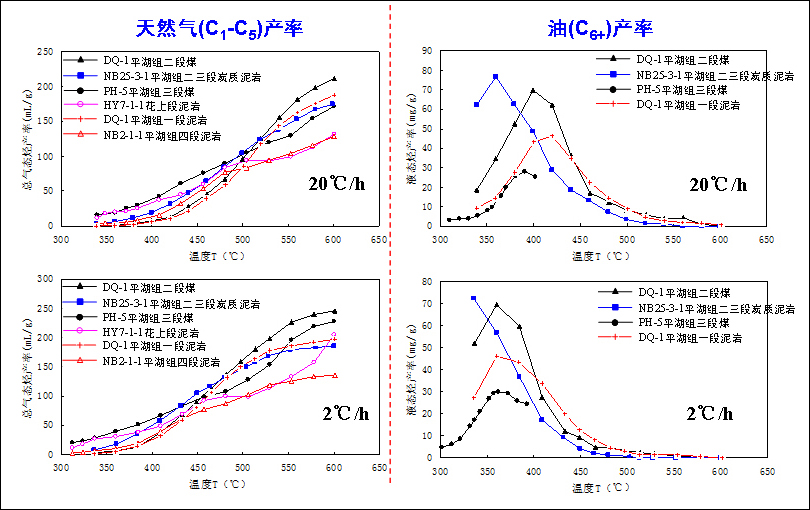
Figure 3.1 Hydrocarbon generation kinetics parameters of open system in Xihu Sag
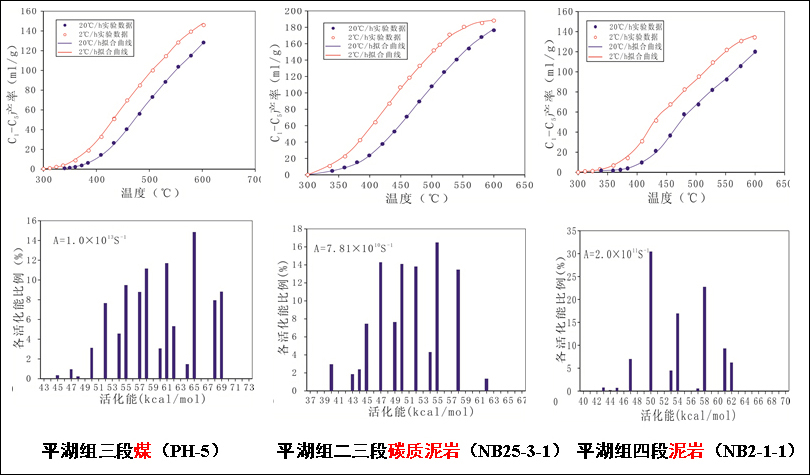
Figure 3.3 Hydrocarbon generation kinetics parameters of coal and mudstone in Xihu Sag


With the expansion of natural gas exploration to deep — ultra-deep and unconventional areas, and the increasing difficulty of exploration, multiple types of complex gas reservoirs such as crude oil cracking gas (including pyrolysis gas generated by the concentrated and dispersed liquid hydrocarbon) and gas reservoirs with high nitrogen content and high carbon dioxide content, the existing natural gas genetic identification methods have been unable to solve the critial technical problems such as degradation gas generated by sapropelic type organic kerogen and crude oil pyrolysis gas, pyrolysis gas generated by the concentrated and dispersed liquid hydrocarbon, organic and inorganic genetic gas identification of high evolution, multiple natural gas genesis and sources. Therefore, it is necessary to conduct a comprehensive identification analysis on the geochemical indexes of natural gas to study the geochemical characteristics, origin, source, and main controlling factors of accumulation and exploration potential of natural gas. In recent years, the team has conducted comprehensive analysis and research on natural gas in Tarim Basin, Xihu sag and Lishui sag of East China Sea Basin, Qiongdongnan Basin and other areas, and established different types of hydrocarbon generation and accumulation models.

Figure 4.1 Team base on the maturity parameters of light oil associated with nature gas proposing the prediction equation of nature gas in Xihu Sag

Figure 4.2 research team proposed the research method of four-in-one gas migration index system


Accumulation geochemistry is a new branch of geochemistry. It mainly adopts modern geochemical analysis and testing technology to explore reservoir fluid’s the heterogeneous distribution law and formation mechanism, and explores the history of oil and gas charging and accumulation and the mechanism of locating accumulation. The mixing effect of reservoir fluid in transverse diffusion is slow. The homogenization time of the heterogeneity of the inherited oil column is about 100Ma and often indicates the direction of regional oil charging. Due to the incompleteness of the mixing of different components in the process of oil accumulation, the composition changes that are retained during reservoir charging and accumulation and caused by differences in oil-source phase and maturity tend to be retained laterally across continuous reservoirs over geologic time. The change of petroleum composition along the migration pathway can be caused by geochromatograph, in which nitrogen-containing compounds are the most sensitive to geochromatograph. Therefore, the change of composition of nitrogen-containing compounds can be used to study petroleum migration geochemistry. In the last decades, our research team has specialized in hydrocarbon geochemical research, and applied to the research of hydrocarbon accumulation systems, and analyzed and studied the oil and gas accumulation system in Xihu Sag, Dongying sag, Erlian Basin, and other areas.
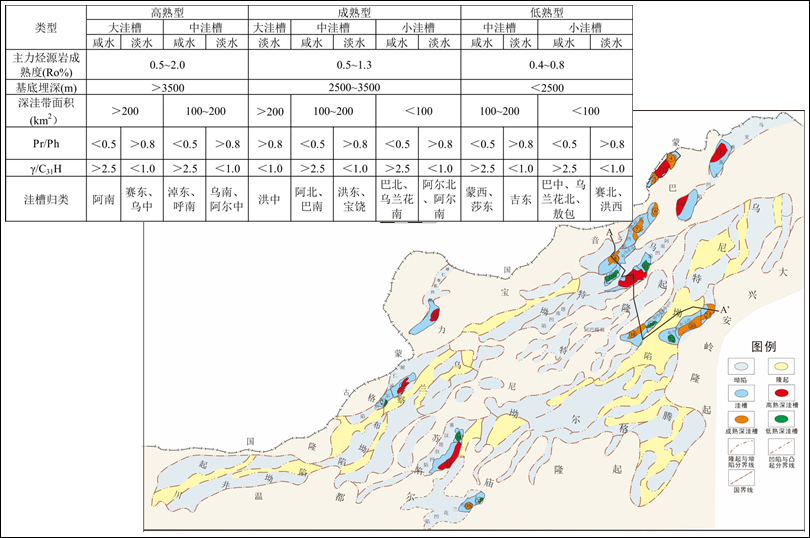
Figure 5.1 classification of accumulation system in Erlian Basin

Table 5.1 The index system of water salinity classification in Erlian Basin established by the research team
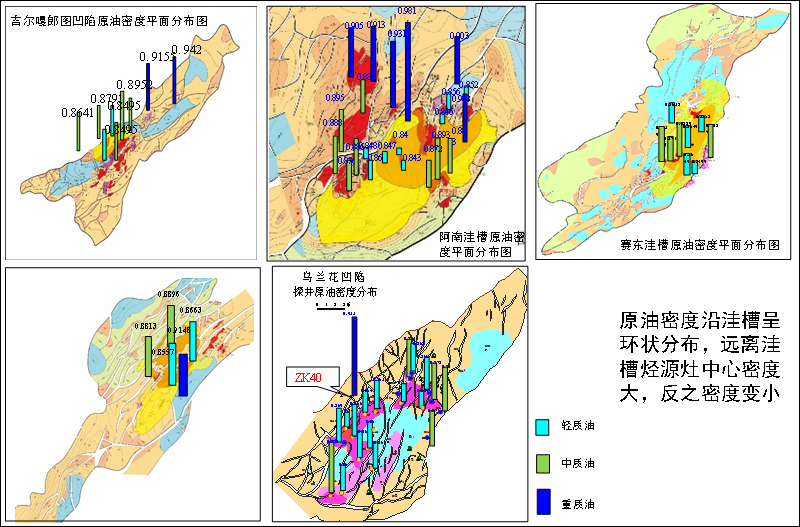
Figure 5.2 The "source control theory" established by the research team shows that the crude oil density is distributed in a ring ship along the source kitchens

Figure 5.2 Deep sag fault-step accumulation model in the Erlian Basin established by the research team